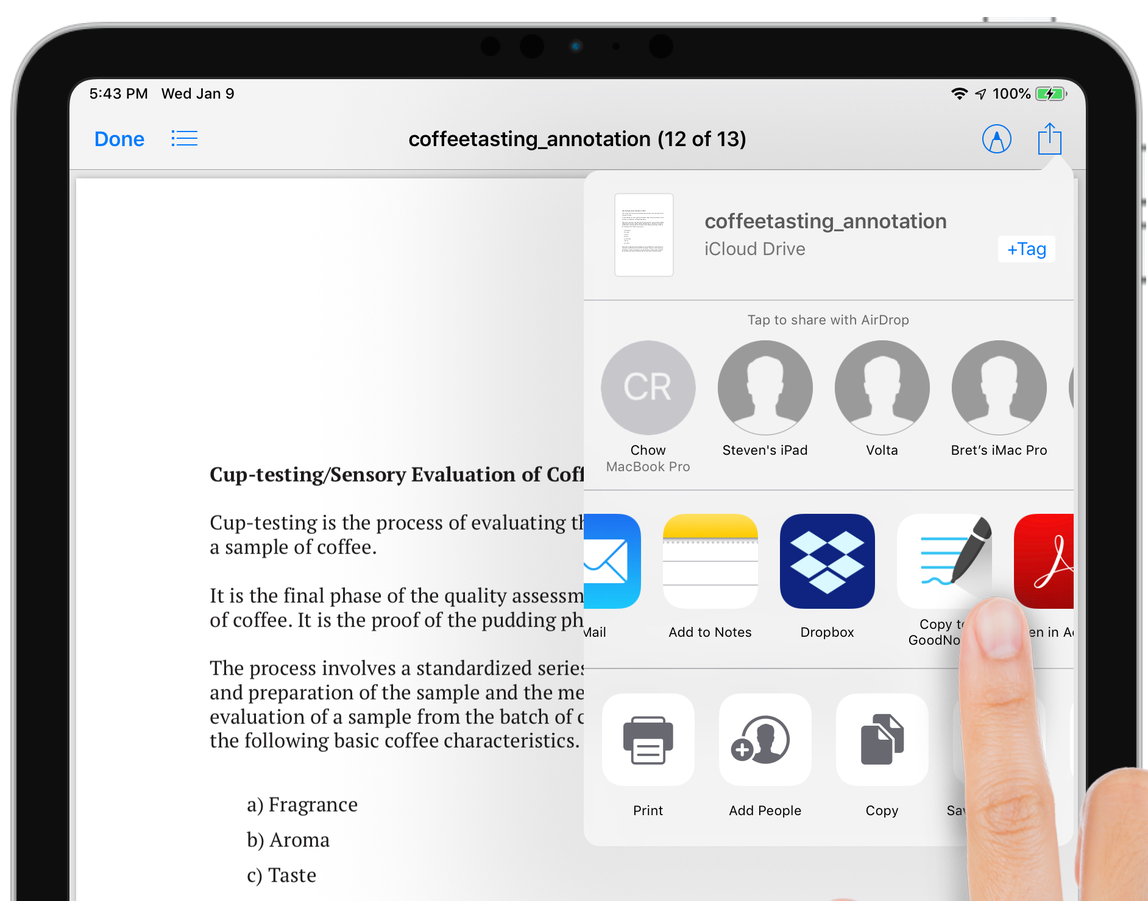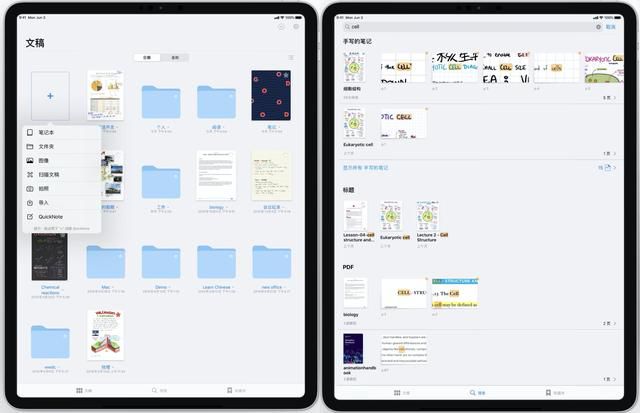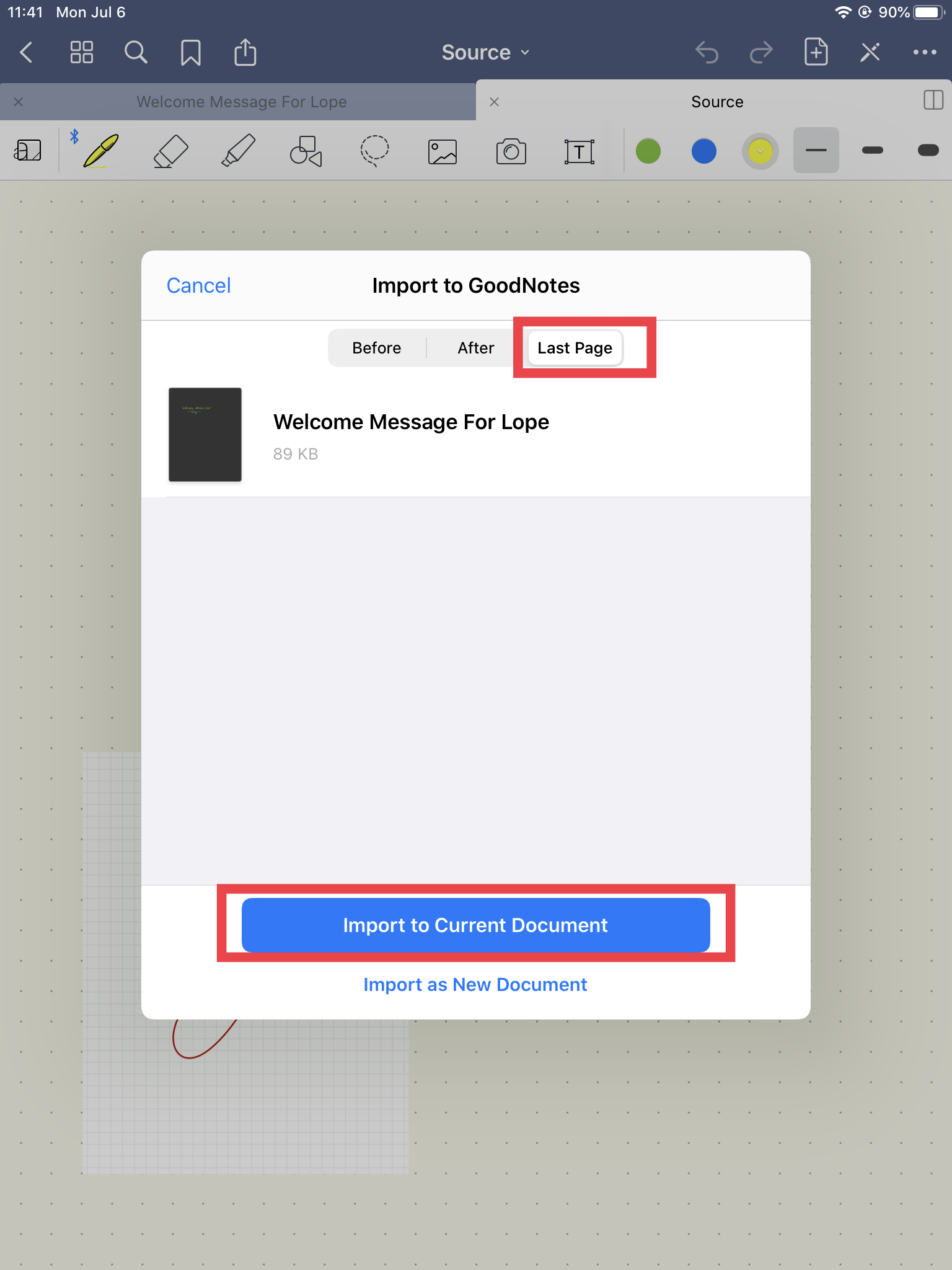Markdown Syntax. I find it odd that every note-taking app debuts with “Markdown support,” yet it isn’t actual Markdown. Roam’s flavor of Markdown is different than others, but it’s very easy to pick up if you are used to Markdown as a whole. Some syntax notes:.Text here. for bold; Text here for italics ^^Text here^^ for highlights.
- Sincerely, Mark Downs Dear MD, At its core, Markdown is a super simple way to add formatting like headers, bold, bulleted lists, and so on to plain text. It was originally designed to be an easy.
- Discover the note-taking app loved by students, digital planners, notetakers all over the world. See why GoodNotes is the Editors' Choice on the App Store.
I’ve been noodling a lot lately with digital journaling tools. In doing so GoodNotes quickly rose to the top for me in the “draw words on an iPad” category. The app is reliable, has an excellent ink engine, and, most of all, the developer has thought through the digital writing workflow better than any other app I tried (including Apple Notes).
With GoodNotes, it’s easy to mix drawing and writing. It’s also easy to write in a magnified view while the words simultaneously appear in a normal size on the page behind it.
Goodnotes Markdown
And with yesterday’s version 5.5 update, GoodNotes is now also able to collaborate. While I’ve often used online collaboration tools with text in apps like Google Docs and Apple Notes, it had never occurred to collaborate with GoodNotes. The new feature works just as if you and a friend share a piece of paper across a desk. The pen strokes don’t show up in real-time but instead with a delay that, in my tests, were as fast as 20 seconds and as slow as 40 seconds. That’s not bad, considering what is happening. Think of this more as a shared note than a shared whiteboard.

What I like best about this feature is that it falls more in the category of “in addition” than “essential feature”. I use GoodNotes because it is so good at what it does. Now, also, I can collaborate.
Reading is hard and books don’t work. Zettelkasten aka slip-box note-taking is the new cool kid on the block. Don’t go down the same rabbit hole as I did, researching the method for tens of hours. This article should be enough of the introduction to get you started.
Illustration by Ljubica Petkovic
Why
Slip-box method promises to prevent your notes from piling up deep within your note-taking app and being forgotten. Instead, using this method will improve the value of your notes as you create more of them. This method also gives you better and quicker feedback than usual note-taking.
Advice #1: Don’t try to get this method perfect from the get go1. The advanced practices are useful only when you’ve got close to 1000 notes2.
As with everything else you want to utilize iteration. Read this article, use it to create your first couple hundred notes and then research more details if you feel like your current process should be improved.
The slip-box method
The source for the method summary is Sönke Ahrens' book How to Take Smart Notes. I only added the technical aspects.
You write notes with a clear purpose: your future self is going to be reorganizing them and using them to produce articles or books.
You fill your slip-box with notes by following this process:
1) make notes as you read
Advice #2: Always use your own words. Copying doesn’t give you feedback on your understanding.
Let’s call these resource notes. Writing resource notes is where you get the first feedback from the method: Are you paying attention and do you understand the text? At this step, you are not trying to predict how your notes are going to fit in the slip-box, you are just trying to capture the essence of the text.
You can use a separate app like Zotero for these notes. But I recommend having them as Markdown files in a Resources folder
Folder structure so far:
Reference note:
The file content format is arbitrary, I choose to use Frontmatter for the metadata, but it’s not that important.
2) write atomic, self-contained, permanent notes
Remember, the purpose of slip-box is to aid your future self to make use of the notes for writing. The main unit of information within the method is a permanent note. This note is:

- atomic: always focused on a single topic, that makes linking notes easier
- self-contained: you will forget the context in a few weeks, the note needs to explain itself in separation from the fleeting context
- permanent: you are never going to delete the note, it might just fade into the background if there aren’t many links to it
- concise: few paragraphs maximum, restricting the size helps you get the gist and keep the note atomic
You try to turn you reference notes into permanent notes whilst avoiding conflict of concepts and duplication, these problems show the clearest when you think “How am I going to link this note to the other of my slip-box notes?”
Permanent notes are just markdown files in a separate folder. These files need to have a unique identifier so other notes can link to them unambiguously.
Folder structure so far:
3) link permanent notes together
The purpose of linking is to give you feedback, avoid duplication and capture the context of the permanent note. Ask yourself: How does the piece of information fit into the network of my permanent notes? Does it complement, contradict or otherwise interfere with your current notes?
The linking is done by placing links like these [[20200606154308]] into notes. Most of the slip-box software allows you to click on this link and opens a note with ID 20200606154308 for you.
Folder structure so far:
File 20200606154308 Slip-box.md:
4) tag permanent notes
Advice #3: Tag the notes by the context you would like to retrieve it by
Example: You have a note on Stanford prison experiment3. Using tags like #psychology#experiment is hardly going to aid you in finding this note when you are writing or thinking about a problem. Better would be #'power dynamics in groups'#'misuse of power'

The software
This is the part that took me a long time to research. But it is simple.
Use Zettlr. It’s Free and Open-Source, uses Markdown files and it’s vendor agnostic. It’s the only app you need, you can migrate to other apps later if you decide to.
Zettlr in 2 minutes
- Download and install Zettlr (on Mac
brew cask install Zettlr) - Create a new note (
CMD+N), add name the generated ID (e.g.20200606154308 My first note.md) - Create a second note (e.g.
20200605145305 My second note.md) - Link from first note to second note by typing
[[in the first note and using auto-complete
Alternatives
Goodnotes Markdown App
- Archive - looks great, no vendor lock-in, but not open-source and it is macOS only
- nvAlt Famous notational velocity.
- Zotero - you might want to add this to your toolbox if you plan on academic publication of your work. Overkill for anyone else.
Example slip-box
The closest to a full slip-box example are Andy Matuschak’s notes.
Conclusion
This should be enough detail to get you started. The critical idea is atomic notes linked together. That prevents the notes from being forgotten somewhere deep in your note-taking app.

Zettlr is a good app to start with. The slip-box is just a few text files linked together with unique ids. Many other apps support the same linking style as Zettlr.
Don’t do a big migration of your current notes. You can migrate them when you are planning to use them.
This article has been translated to Russian language by Vladimir on softdroid.net.
I changed the example from Sonke’s book a bit to make more sense to me. ↩︎
